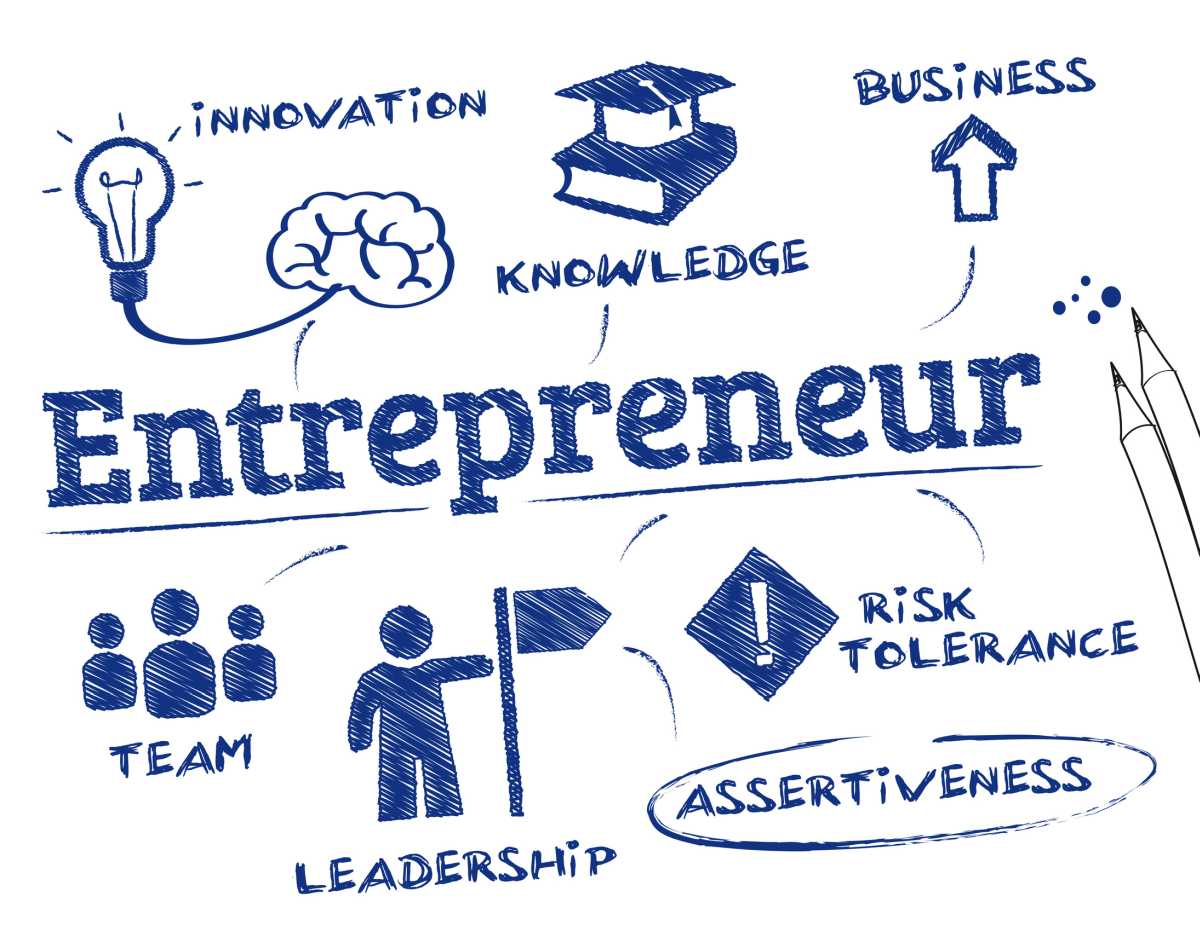Business success is dependent on the ability of an entrepreneur to offer products (goods and services) to their customers. Beyond that, the products must trigger, meet or surpass the expectations of the customers. In making available the products and meeting the expectations of the customers, the entrepreneur might, often, necessarily need to differentiate their offerings in some way(s). Being able to differentiate your processes, systems, products, operational models, etc. in ways that engender success is significantly related to your capacity for creativity and innovation, which will be our subject today.
What is Creativity? This refers to the capacity of an individual, a team or organisation to conceptualise new imaginations, possibilities, ideas, etc. Creativity could be about the development of entirely new or only partially new ideas.
The creative process is usually imaginative through thinking something new that is not, usually, quantifiable. Creativity comes with little or no incremental financial costs or risks. It is about the intellectual development of some fully original or significantly modified idea. Typically, creativity revolves around inspiration, thought and knowledge that may unleash a great potential for changes in a field or related/unrelated array of fields.
What is Innovation? Innovation is the act or process of converting a creative thought or idea into something that is practical. It is about development and implementation of new ideas which ultimately creates some desired value.
The process of innovation usually leads to the eventual introduction of something new, quantifiable, and may come with financial costs and attendant risks. Innovation can lead to development of new technology, new products, improvement of existing technologies, improvement of existing products, new methods and processes, improvement of existing methods and process, full or partial system developments, etc. Innovation revolves around turning a creative idea into a practical, useable and viable solution.
Even as we strive to establish an academic and industrial distinction between creativity and innovation though, we also must realise the causal and dynamic link between the two as shown below.
Benefits of Creativity and Innovation: Globalisation and technology have widened and deepened opportunities for businesses of all sizes and in all crannies of the planet. But those two variables have, on the other hand, also helped in crowding the marketplace resulting in increased competition. Consequently, in whichever sphere you operate, you will need your creative and innovative hats perpetually on. Creativity and innovation make it possible for entrepreneurs to conceive and/or seize opportunities in ways that offer them advantages. Creativity and innovation help bring out more value at lower operational costs with attendant benefits to the customers. Creativity and innovation make it possible for us to open up entirely new business models and even industries.
Scope of Creativity and Innovation: The scope of the applicability of creativity and innovation in every business is wholly. From commercial ideas, naming of the business, product ideas and product names, development of logo for the business and product to raising funds from investors and creditors, capital structure, working capital management strategy, product promotions, production and logistics operations, market research, penetration and development, human capital management, business modelling and relationship management, etc. There, simply, are vast opportunity points for being creative and innovative.
Both creativity and innovation can be incremental or radical. But more often than not, entrepreneurs and their managers focus on making incremental improvements and do derive contentment and limited results therefrom. In other situations, however, it is only radical improvements that can create the kind of ideas and solutions required to take a business to the big league. The entrepreneur and their team should always be on the alert for such ideas and solutions, which, interestingly, can be inspired at oddest of times and situations.
Who Should be Involved in the Creative and Innovative Processes?
A lot of people assume that individuals and organisations are either creative and/or innovative or not. Thankfully, this is not entirely correct as both individuals and organisations can develop and grow their creative and innovative capacities, and we will discuss how that can be done. For now, what is important is to realise that every individual in a system can come up with creative ideas and/or innovative solutions. But to build and enhance the chances of developing these capacities, there must be a channel and formal, even if fluid, process of nurturing, bringing out and capturing these activities and the results. It goes without saying, therefore, that all your people should be trained on how to, be engaged in coming up with ideas and solutions, as well as rewarded for all that.
Each individual in your system is engaged in certain activities and engagements with other people. Your pool driver can come up with ideas on how to save fuel costs on your fleet of vehicles; Your production headman can come up with an idea and your production engineer can come up with a solution on how to eliminate raw material wastages at a particular production stage; Your accountant can come up with a brilliant metric assessment system, etc. The point is, every individual or team should be encouraged, engaged and incentivised to be creative and innovative.
We have today introduced what creativity and innovation are, some of their benefits, their scope and who should be engaged in them in a business organisation. Next week, we will take up how to be creative and innovative.

 Join Daily Trust WhatsApp Community For Quick Access To News and Happenings Around You.
Join Daily Trust WhatsApp Community For Quick Access To News and Happenings Around You.


